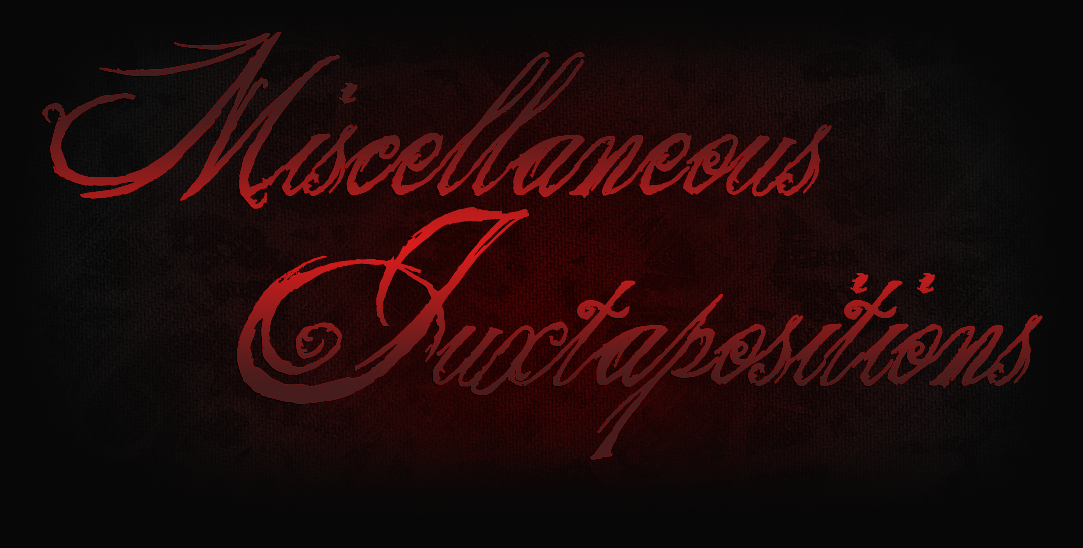I found a few different recipes, and they were all basically the same. Some gritty material like baby powder/talc, Plaster of Paris or baking soda, white glue, water. Some added acrylic or latex paint from the hardware store. Variations of these can work to make modeling paste or Modge Podge.
Here's the recipe I whipped up for my batch. 1 part baking soda, then added 1 part glue. Stir until incorporated into a smooth paste. 1/2 part acrylic paint, stir. 1part water (little at a time til you get the consistency you want). My final product has the consistency of a slightly melted milkshake. Now, I just need to test it out.
To make the Modge Podge, it is only the 1 part glue to 1 part water ratio. For the modeling paste, you keep adding more baking soda to the gesso until it is the texture you want.
Apparently, you can make a clear gesso using cornstarch instead of baking soda. And add glue and water. It will appear cloudy, but the glue dries clear. Kind of similar to a decoupage paste. Which I make out of flour and water for paper mache. They all have the same basic properties.
Reviewing costs, baking soda $2/box, school glue $1/bottle, water free, acrylic paint $3 tube. So, about $6 total, out of stuff I already had around the house. Store bought gesso $8-10/8 oz (DickBlick). Of course, for a more professional grade, I'd prefer to buy the manufactured gesso. But since I'm just using this for small projects and I can make just what I need out of what I already have on hand, I don't mind it being poorer quality. Anyways, I can make a lot more for much cheaper. I think for better quality, I'd get the Plaster of Paris.
I've been doing several tests on different materials. Various paper I'd likely use. And even on a magnet. You know, those crappy ones that come with the phonebook or other businesses you don't care about. I like to repurpose them. Sometimes, peel the vinyl off, it's still sticky and put a picture on it. Insta-grandparent gift. Well, I have several of these sheet magnet things, so I slapped some homemade gesso on it. Five coats of it! And you can still see the print. Perhaps the mix needs more white added to it. Or better to use the plaster than the baking soda. Everything else I gesso'd, even the plastic tub I was mixing it in, only needed 3 coats for the best texture and smoothness.
I wrote and painted on the samples to see how they held up. The results were mostly the same. On the white cardstock, I could see how not white this stuff was. I added more white paint to the mix. I think I'll need to get a big thing of white from the hardware store before I make much more of this. It is more off a yellowish off white color in comparison to the white paper. The pencil writes rough, but blends out really nicely. The sharpie fine point wrote best on the 3 coats than 1 or 2. The craft paint goes on smoothly, as does the acrylic from the tube. And the sharpie marker was just fine, though I spritzed it with my DIY Glimmer Mist and it bled the marker a bit. But that went on nicely as well.
I turned the paper over and no bleed through. You can just see the pen on 1st coat and on 2nd. But on the 3rd coat, nothing bleeds. The paper does wrinkle a tad. Ironing might help. I wouldn't want to scratch up my iron, so make sure to protect yours from the rough texture if you do. The papers were still flexible, so I think this will work well in an art journal. Which is my next project. I've already started on the book. I'll go into more detail in the next post.
So, in conclusion. This seems like a good, cheap and quick way to make a textured paintable and writable surface with supplies you probably have already. It is more affordable than gesso, but for professional paintings, I'd probably go with the store bought kind. As I do not know the archival quality and if it will hold up years from now. I have a painting on a wood panel that I varnished with the same varnish we use for everything else and it has no yellowed. Big disappointment. So, I'm actually glad I never sold that piece. There is a reason you buy art supplies from an art store and hardware supplies from a hardware store. They are different formulas for different applications. I know this will suit my needs, but otherwise, I'd buy the real stuff (by the gallon, it will last forever).






No comments:
Post a Comment